Sound art: a note on the Colin Fallows Ensemble’s Reverbs
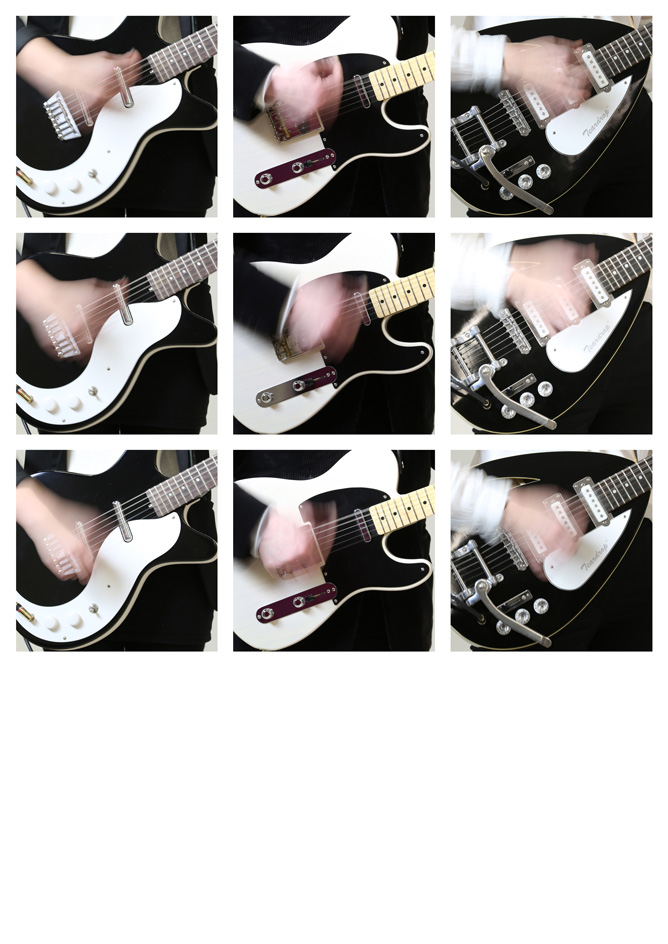
Colin Fallows – professor of sound and visual arts at Liverpool John Moores University – is the curator behind the London Wilkinson Gallery's 'Sex Pistols, April 1976: The Art of PTMADDEN'.
An artist and curator whose research explores crossovers between sound and the visual arts, Fallows has produced soundworks for live ensemble performance, recordings, exhibitions and installations, radio and the internet, and his artistic and curatorial projects have featured in numerous festivals, galleries and museums worldwide.
He also leads the Colin Fallows Ensemble, an electric guitar trio dedicated to the performance of multi-layered soundworks, dense with microtones which generate numerous overtones through bespoke tuning to resonant performance spaces. The members of the ensemble are Colin Fallows, Bee Hughes and Eva Petersen; its performances combine the precision and clarity of a string trio with the locomotive power of a noise-machine orchestra.
The CFE performed Reverbs, a series of related compositions by Fallows for prepared and treated electric guitars, throughout 2015 at the Wilkinson Gallery, staged in collaboration with the Boudicca fashion house and recorded in ambisonic surround-sound by the British Library Sound Archive.
Below, listen to a clip of the Ensemble performing at the gallery in Decemeber 2015 – entitled Twenty Three In A (2016) – before culture writer and novelist Michael Bracewell delves deep into sonic space to give Wallpaper* an inside analysis of the Reverbs series:
Somewhere not too deep within the principle of the Colin Fallows Ensemble seems to lie the virtue of tension – in this case a précis of Stravinsky’s observation that constraint in the creative process will paradoxically enable artistic liberation. Here is a tension of opposites: from rigid discipline, from artistic organisation, comes formal urgency and originality.
To begin at the beginning: when playing, the CFE present themselves in a restrained manner; as figures within the installation of their performance, they are stylishly but neatly dressed. A hair’s breadth from dandyism (the high dandyism of Kraftwerk for example) this conservatism appears to perform a function within the work: sartorial restraint, coupled with the object fetishism of the Ensemble’s vintage electric guitars and beautifully crafted amps, carefully aligned, creates a tautness.
This tautness, pre-playing, becomes acoustic; the sonic space becomes as charged as the heavy summer air before an electrical storm. Informality or liberalism of any kind would weaken this effect. All must appear natural, amiable (a creative strategy likewise employed by Gilbert & George) yet controlled, organised, calm. For the Ensemble, these qualities – neatness, control, discipline, calm – seem also to assist their subsequent playing to create a dialogue with the space in which they are playing.
For the listener, the first incision made by the Ensemble’s sound into the 'tidied' acoustic space may seem pulverising and anarchic. A brutal clamour of electric guitar noise that over time begins to separate, in the hearing, into what sound like strata of reverberation. A comparison might be with the peel of bells (while bringing to mind Brian Eno’s sonic imaginings of, for instance, the sound of a glass bell that is seven miles wide); likewise with post-punk and noise-punk explorations of repetition and critical mass.
And yet the CFE appear less concerned with the relationship of their playing to ‘music’ than its sculptural malleability and its affinity to abstraction. As the Ensemble’s playing creates drones and over-tones – mists, aura and dense furrows of sound that are at once resonant, persistent and semi-illusory – so these sonic effects, resultant on rigidity and tension, might resemble the 'movement' and migrations of shapes and colours in op art, most famously the metrical and meticulously formulated abstraction of Bridget Riley.
In what Riley has termed the 'pacing' of forms, shapes, colours and tones, a rhythm is established within the composition of her work that creates its own movement, shimmer and optic effect. Lines, curves or geometric forms can appear to move inwards, create their own declivities, falls, horizontal, vertical or diagonal shifts – these 'movements', apparently autonomous and independent, are created by the artwork rather than within the artwork. When looking at the art of Bridget Riley, the viewer seems reflexively to search for a place with the picture plane where the gaze can rest, focus and take its bearings, optically. The composition of the work then denies this. All is already in flow and motion; thus the viewer’s gaze is caught and carried, as though by a strong current, rather than offered a static or neutral point of commencement from which to proceed with the act of looking.
The listener seems to have a similar experience when hearing the Reverbs of the Colin Fallows Ensemble. There seems to be no place on which the experience of hearing can rest, or ‘begin’; rather, a continuum of sound which in turn – by way of form, density, volume, speed – creates its own autonomous internal shifts or apparitions of movement. Rigidity and formality become the agents of sonic and optical metamorphoses and liberation. Thus, in one sense, an artwork by Riley – her epic lyrical painting, Late Morning (1967–68), for example – might be likened to a score, in which 'pacing' and repetition create layers and over-layers of movement and tonal value.
The Colin Fallows Ensemble thus deploy formality and discipline to constrain and compress intense fronts and clamours of sound, these sonic densities in their turn seeming to create their own internal variations. The circuitry of the Ensemble’s creative process is also routed through, or sealed by, their relationship to the space in which they play. Venue – its history, ambience, dimension, function – is regarded by the Ensemble as a major informant of the completed work, both acoustically and contextually.
Implicit in the term ‘reverb’ are the notions of both resonance and time travel (the transmission of a sound from an earlier point in time to the instant of hearing, and then potentially onward); Wikipedia usefully and accurately employs the terms ‘amplitude’ and ‘reflection’ to describe the sonic processes of reverb. The capacity and temper of these terms is the principal preoccupation of the Colin Fallows Ensemble.
INFORMATION
Audio recorded live 15 December 2015 at Wilkinson Gallery, London; recorded by the British Library Sound Archive.
Photography courtesy Colin Fallows Ensemble
Wallpaper* Newsletter
Receive our daily digest of inspiration, escapism and design stories from around the world direct to your inbox.
-
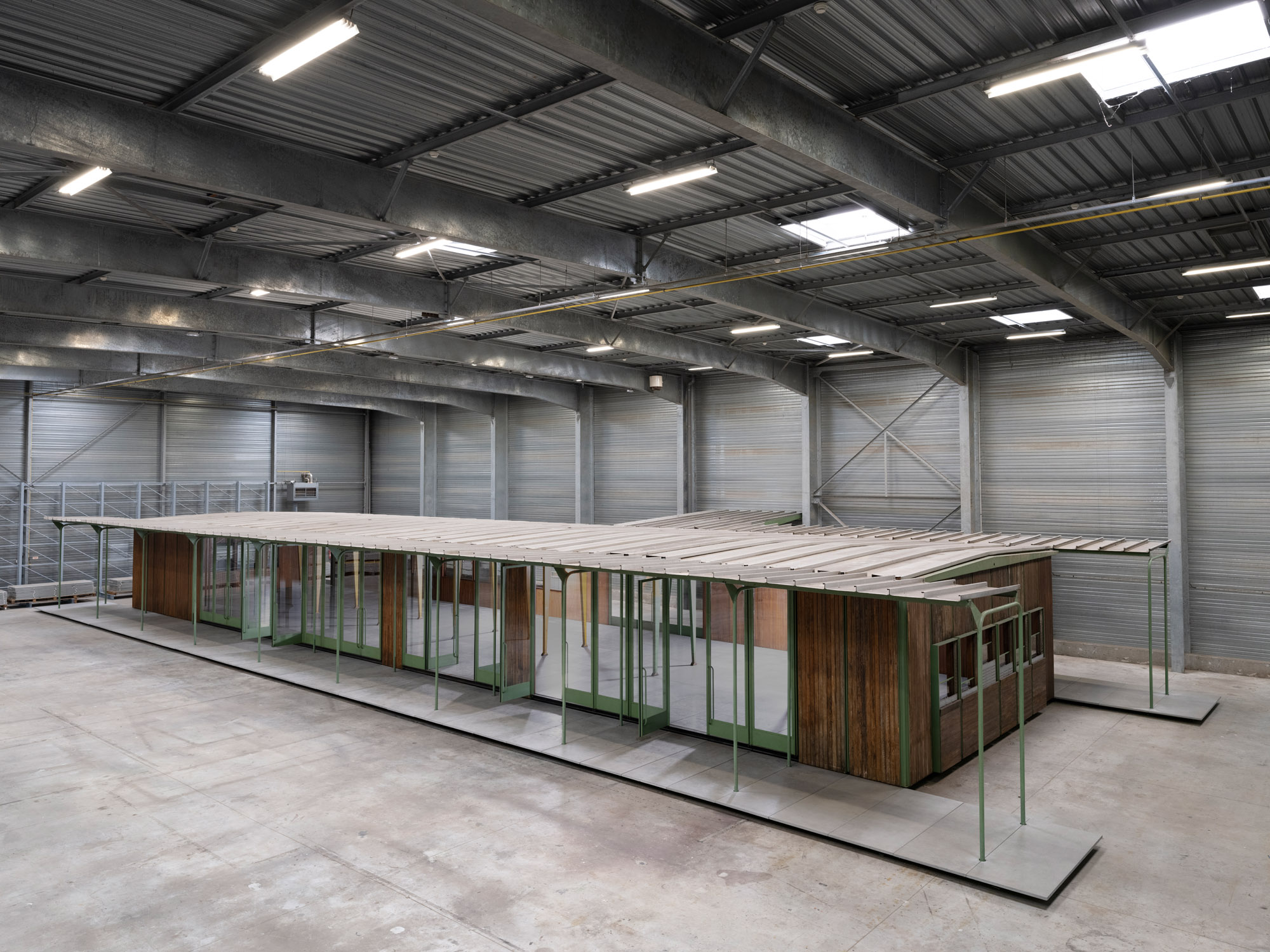 Croismare school, Jean Prouvé’s largest demountable structure, could be yours
Croismare school, Jean Prouvé’s largest demountable structure, could be yoursJean Prouvé’s 1948 Croismare school, the largest demountable structure ever built by the self-taught architect, is up for sale
By Amy Serafin Published
-
 A freshly remastered classic Range Rover brings unexpected Italian style to a British icon
A freshly remastered classic Range Rover brings unexpected Italian style to a British iconItalian company Vinile’s Range Rover Classic restomod made its debut at Milan Design Week, showcasing local craftsmanship and engineering updates
By Jonathan Bell Published
-
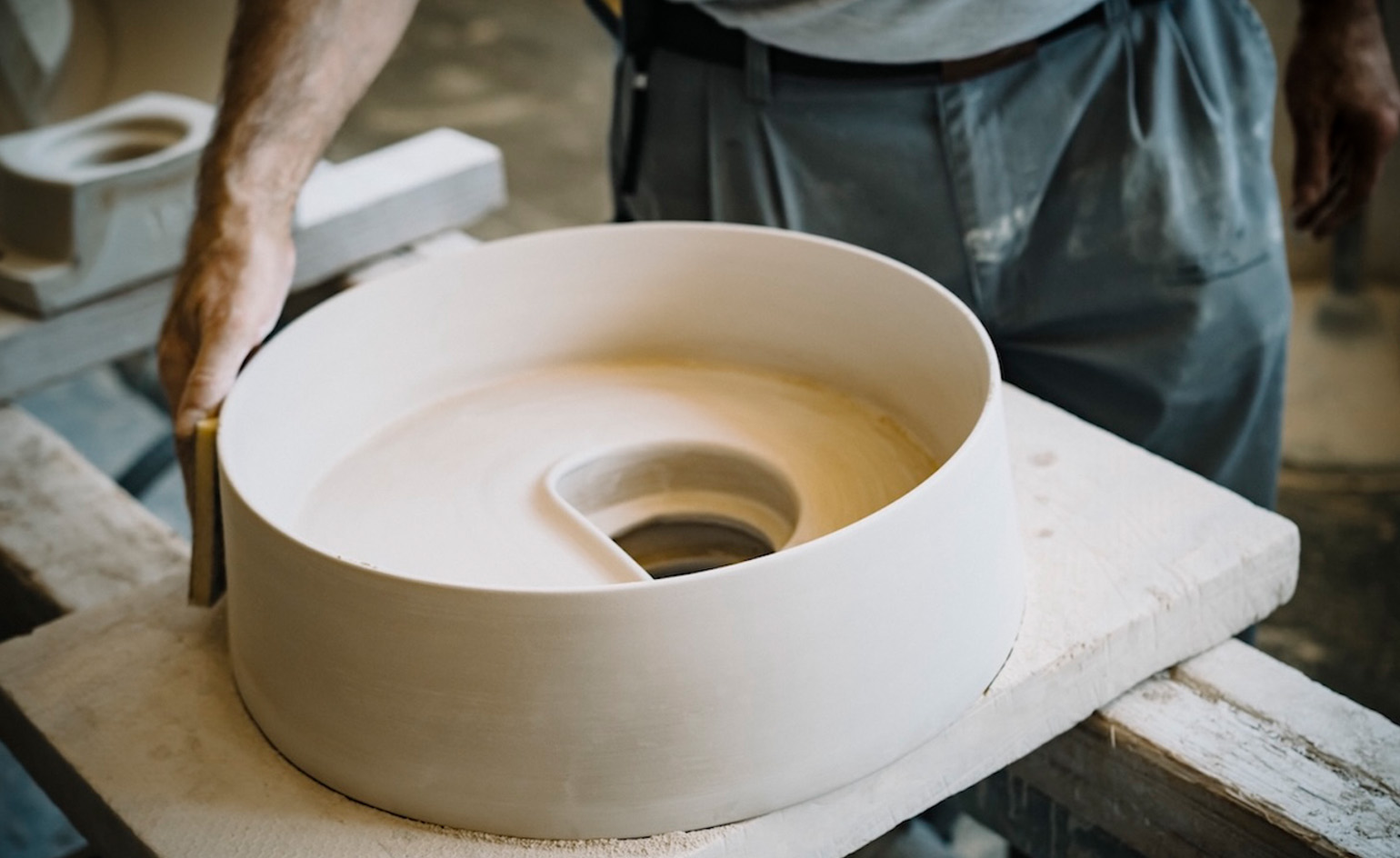 Yves Béhar designs a wash basin for Laufen that goes with the flow
Yves Béhar designs a wash basin for Laufen that goes with the flowInspired by the movement of water and to be produced in a CO2-free electric kiln, ‘Volta’ has an innovative circular form
By Ifeoluwa Adedeji Published
-
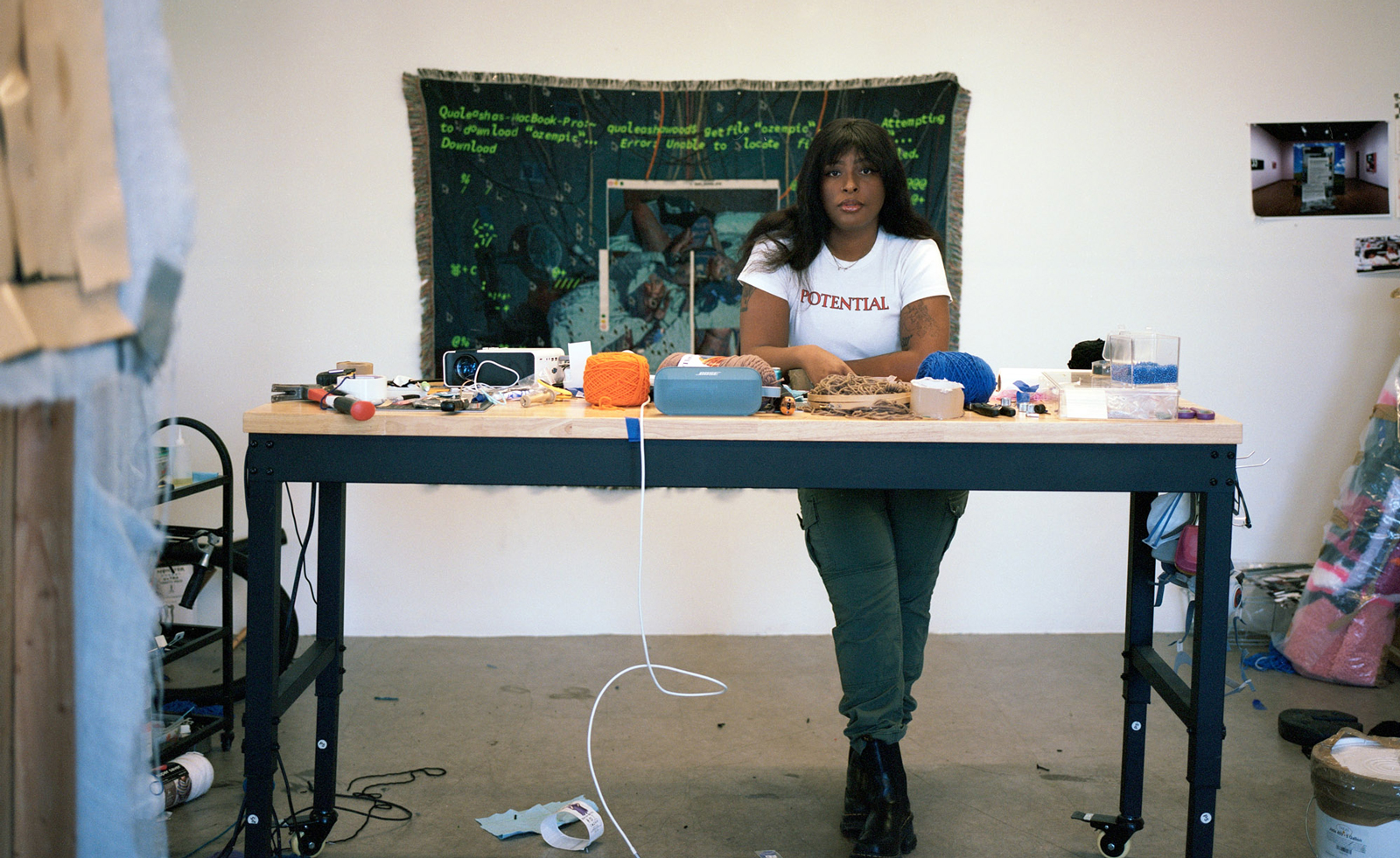 Artist Qualeasha Wood explores the digital glitch to weave stories of the Black female experience
Artist Qualeasha Wood explores the digital glitch to weave stories of the Black female experienceIn ‘Malware’, her new London exhibition at Pippy Houldsworth Gallery, the American artist’s tapestries, tuftings and videos delve into the world of internet malfunction
By Hannah Silver Published
-
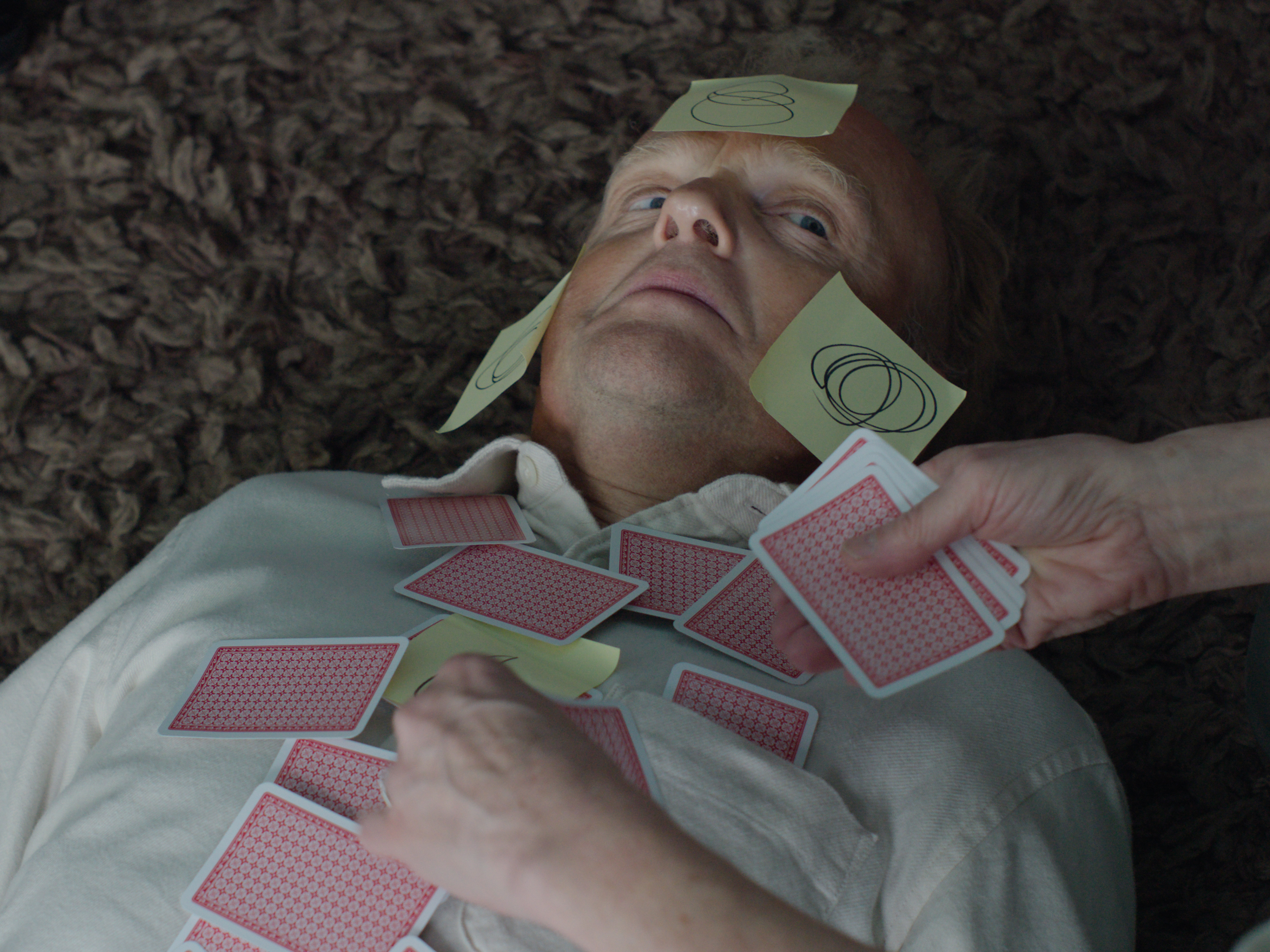 Ed Atkins confronts death at Tate Britain
Ed Atkins confronts death at Tate BritainIn his new London exhibition, the artist prods at the limits of existence through digital and physical works, including a film starring Toby Jones
By Emily Steer Published
-
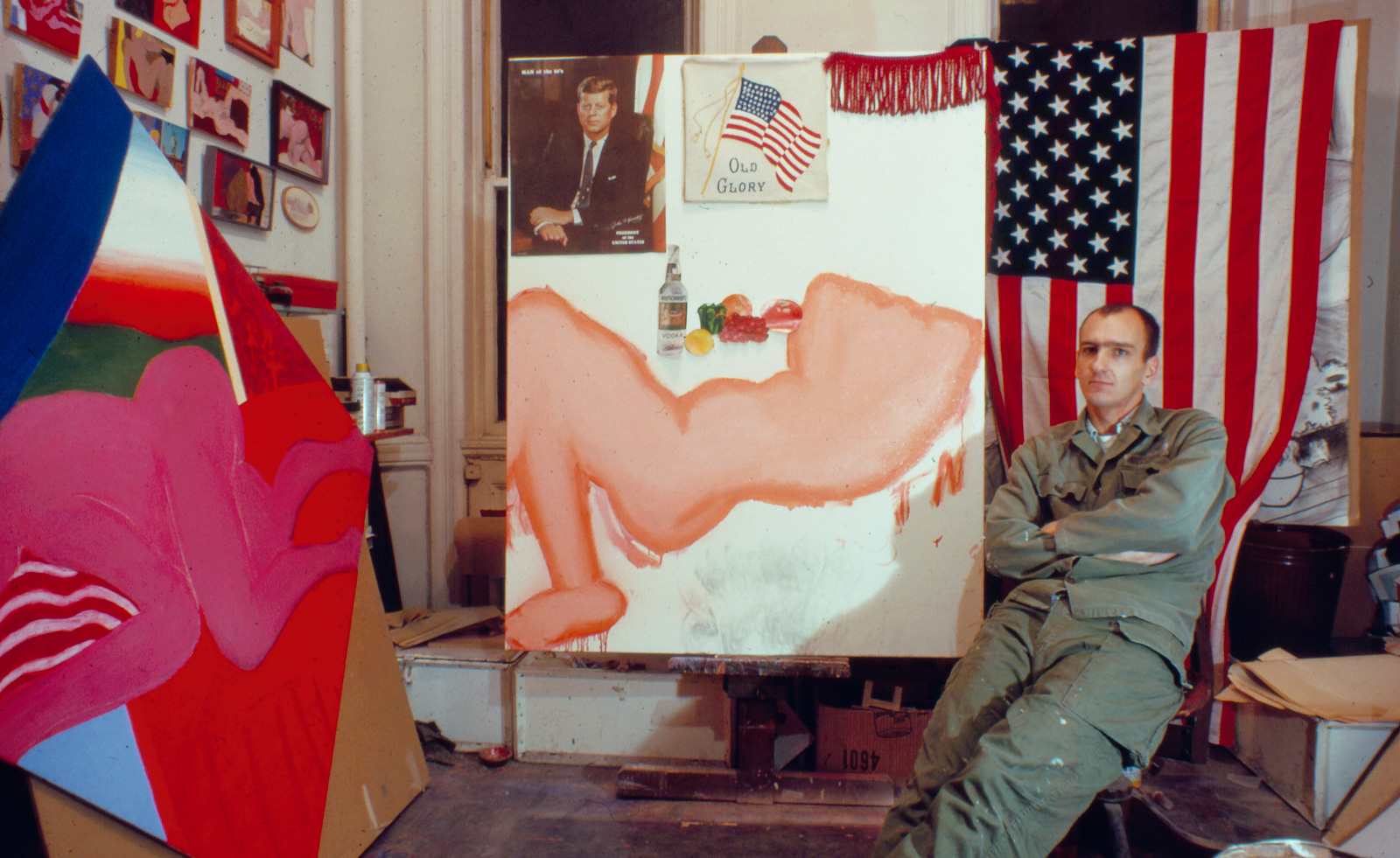 Tom Wesselmann’s 'Up Close' and the anatomy of desire
Tom Wesselmann’s 'Up Close' and the anatomy of desireIn a new exhibition currently on show at Almine Rech in London, Tom Wesselmann challenges the limits of figurative painting
By Sam Moore Published
-
 A major Frida Kahlo exhibition is coming to the Tate Modern next year
A major Frida Kahlo exhibition is coming to the Tate Modern next yearTate’s 2026 programme includes 'Frida: The Making of an Icon', which will trace the professional and personal life of countercultural figurehead Frida Kahlo
By Anna Solomon Published
-
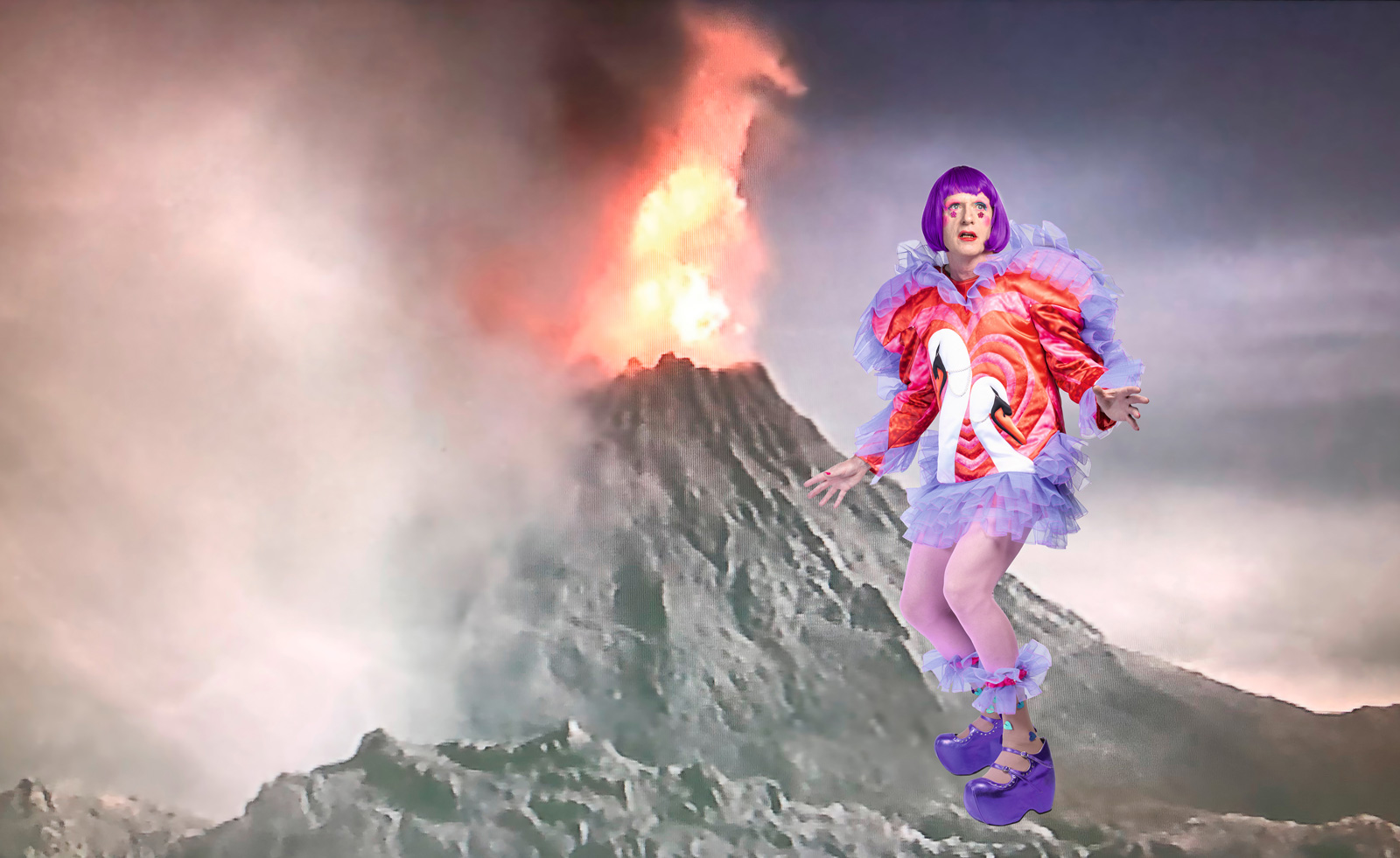 A portrait of the artist: Sotheby’s puts Grayson Perry in the spotlight
A portrait of the artist: Sotheby’s puts Grayson Perry in the spotlightFor more than a decade, photographer Richard Ansett has made Grayson Perry his muse. Now Sotheby’s is staging a selling exhibition of their work
By Hannah Silver Published
-
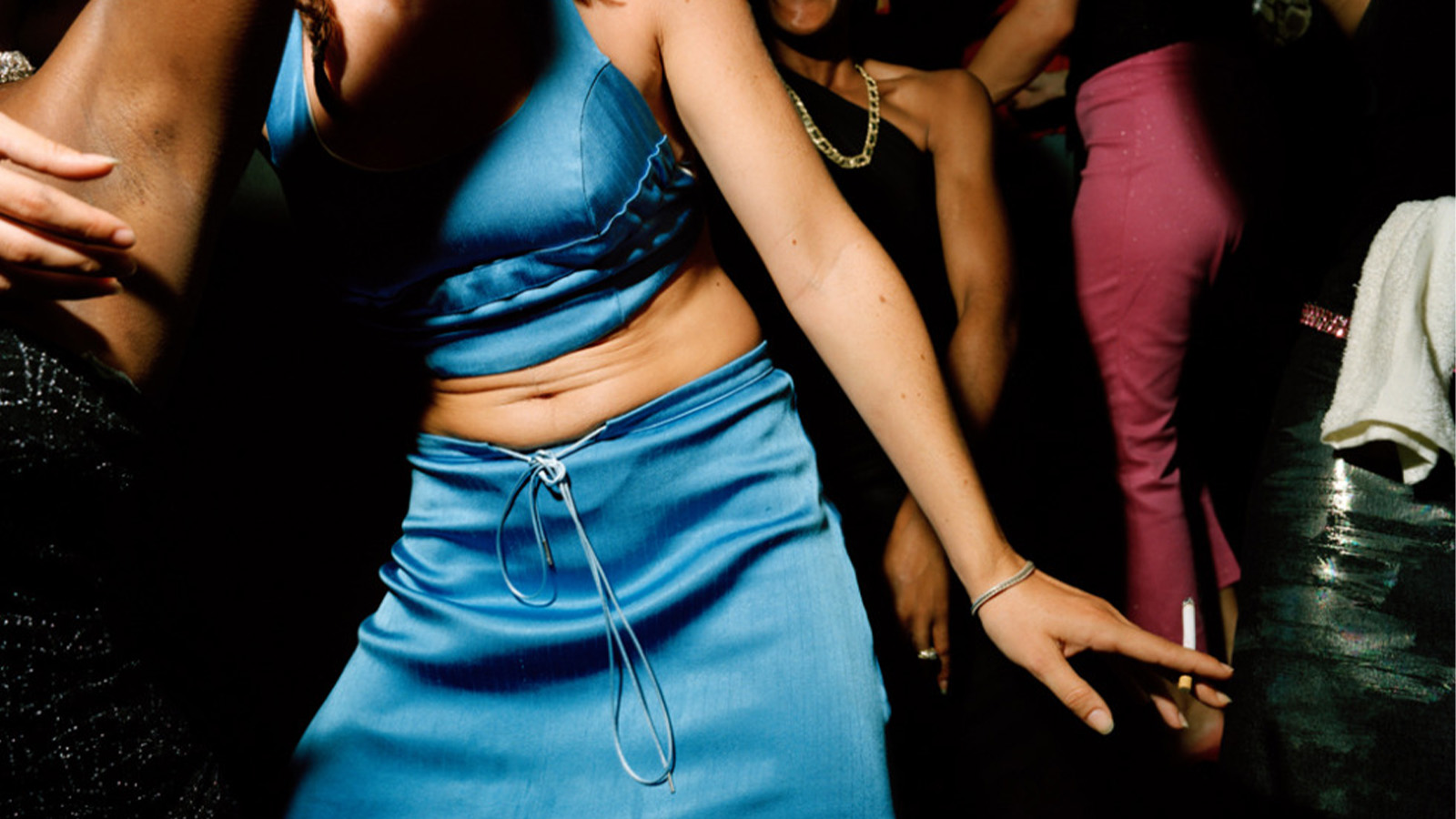 From counter-culture to Northern Soul, these photos chart an intimate history of working-class Britain
From counter-culture to Northern Soul, these photos chart an intimate history of working-class Britain‘After the End of History: British Working Class Photography 1989 – 2024’ is at Edinburgh gallery Stills
By Tianna Williams Published
-
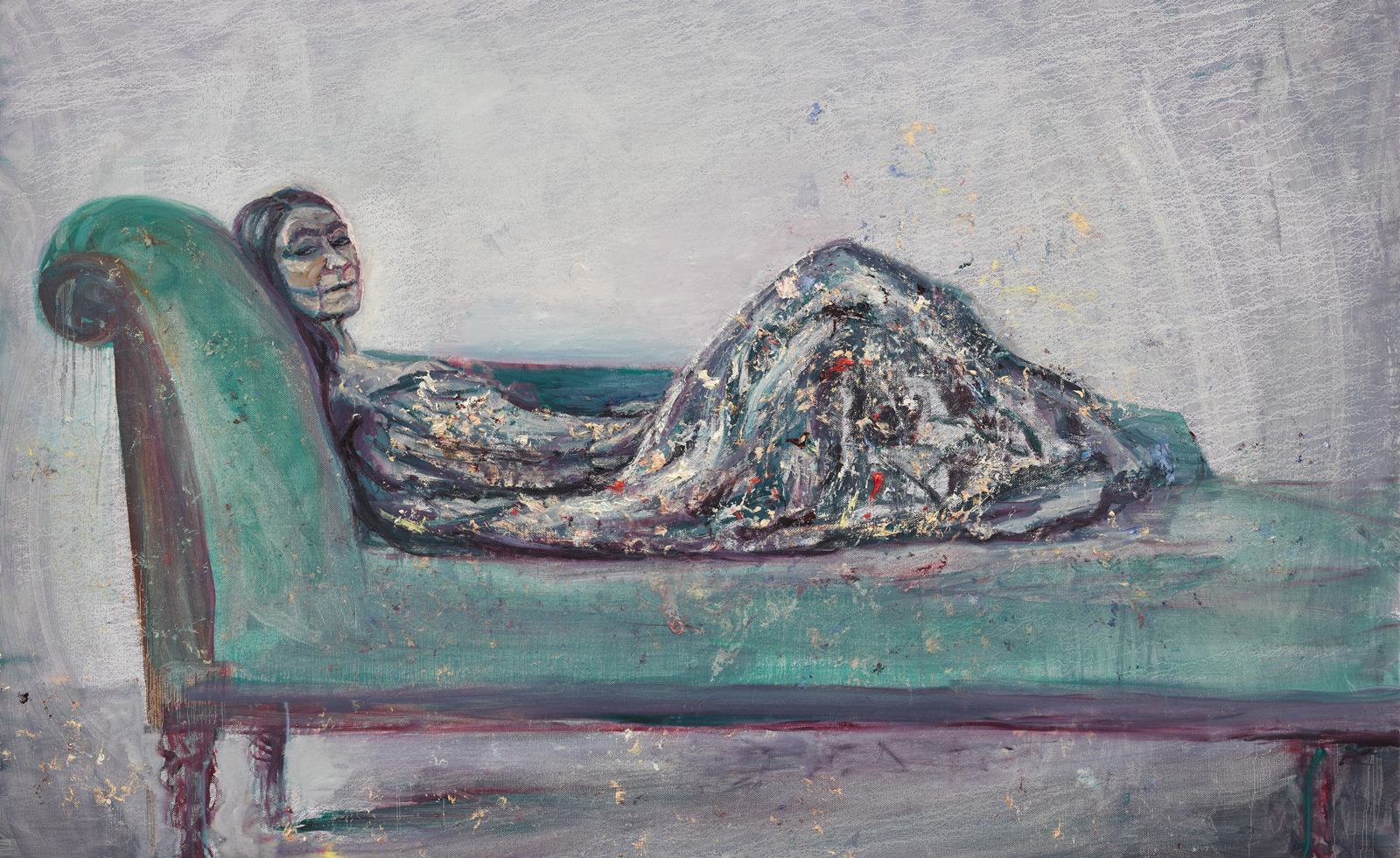 Celia Paul's colony of ghostly apparitions haunts Victoria Miro
Celia Paul's colony of ghostly apparitions haunts Victoria MiroEerie and elegiac new London exhibition ‘Celia Paul: Colony of Ghosts’ is on show at Victoria Miro until 17 April
By Hannah Hutchings-Georgiou Published
-
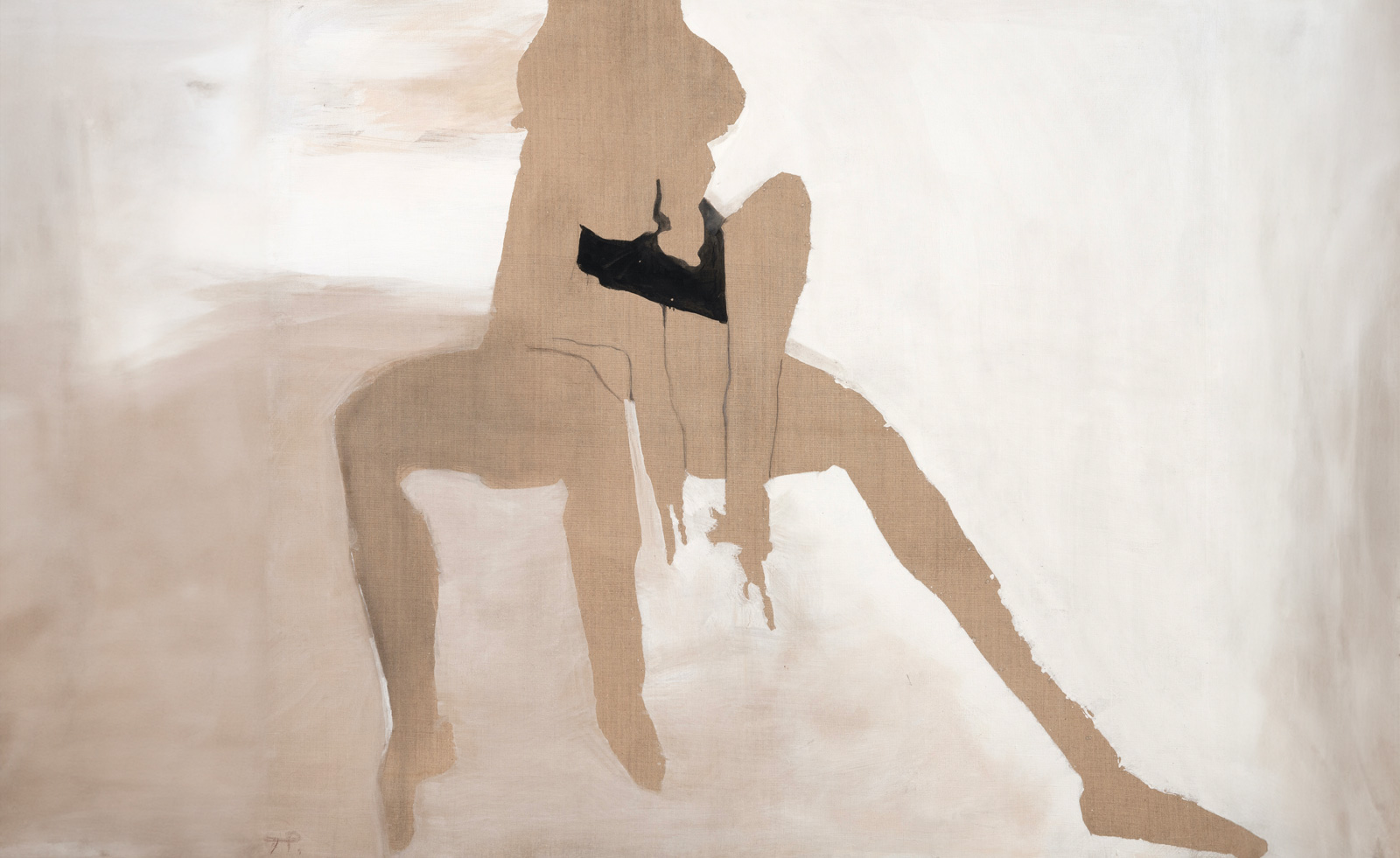 Teresa Pągowska's dreamy interpretations of the female form are in London for the first time
Teresa Pągowska's dreamy interpretations of the female form are in London for the first time‘Shadow Self’ in Thaddaeus Ropac’s 18th-century townhouse gallery in London, presents the first UK solo exhibition of Pągowska’s work
By Sofia Hallström Published